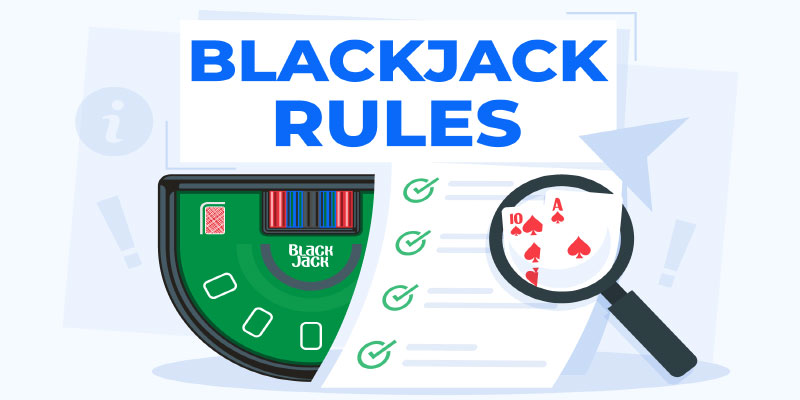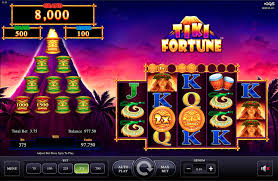
Mastering Blackjack Rules: Essential Rules for Beginners
Blackjack Rules is a popular card game that blends strategy, skill, and a bit of luck. Mastering the Blackjack rules is essential for anyone looking to play effectively, whether in a casino or online. This guide will walk beginners through the key aspects of the game, helping them navigate this classic gambling experience. For a seamless gaming experience, many players turn to trusted platforms like ww88 for their gaming needs.
Understanding the Basic Blackjack Rules
Before diving into the gameplay, it’s important to grasp the foundational concepts of Blackjack. Knowing how the game operates, including scoring and objectives, is essential for success at the table.
Objective of the Game
The primary goal in Blackjack is straightforward: beat the dealer’s hand without exceeding a total of 21.
Players are dealt two cards initially and can choose to ‘hit’ (take another card) or ‘stand’ (keep their current hand). The best possible hand totals 21, achieved through an Ace paired with a ten-point card (10, Jack, Queen, or King), known as a Blackjack.
Card Values
Understanding card values is vital to mastering the Blackjack Rules. Numbered cards from 2 to 10 hold their face value, while face cards (Jack, Queen, King) each count as 10. An Ace can be valued at either 1 or 11, depending on which value benefits the player’s hand more.
This flexibility of the Ace makes it a powerful component of your hand and contributes significantly to your strategy.
Dealer’s Role
In Blackjack, players compete against the dealer rather than each other. The dealer follows strict rules regarding when to hit or stand based on their hand’s total. Typically, they must stand on 17 or higher and hit on 16 or lower, which adds an intriguing dynamic to the game that players need to consider.
Understanding the dealer’s role helps players formulate strategies based on statistical probabilities and outcomes.
How to Play Blackjack: A Step-by-Step Guide
Once you have a grip on the basic rules, it’s time to dive into how to actually play Blackjack. This section will break down the process into manageable steps.
Setting Up the Game
Blackjack is commonly played at a standard table with a specific number of decks, often between one to eight. Each player places their bet in designated areas before being dealt cards.
After all bets are placed, the dealer distributes two cards to each player and two for themselves, typically with one card facing up (the “upcard”) and one facing down (the “hole card”).
Making Your Move
You now have a choice to make after your cards are revealed. Based on your total, you can opt to hit, stand, double down, or split if your two initial cards are of the same value.
- Hit: Request an additional card.
- Stand: Keep your current hand and end your turn.
- Double Down: Double your initial bet and receive one more card.
- Split: If you have two cards of equal value, you can split them into two separate hands, each needing a new bet equal to the original wager.
Your decisions depend heavily on your hand and the dealer’s upcard.
Ending the Round
The round concludes once all players have completed their actions. The dealer then reveals their hole card, and if their total is below 17, they must hit until reaching at least 17. Players win by having a higher hand than the dealer without busting or if the dealer busts.
After determining the winners, payouts are made. Generally, winning players are paid even money on their bets, while a Blackjack pays out at 3:2.
Common Blackjack Rules for Beginners
For beginners, navigating the various scenarios that arise during a game can be overwhelming. By familiarizing yourself with common Blackjack Rules, you can enhance your gameplay and minimize costly mistakes.
Insurance Bet
One of the most debated aspects of Blackjack is the insurance bet. If the dealer’s upcard is an Ace, players are offered the chance to place an insurance bet, a side wager that protects against the dealer hitting a Blackjack.
While it may seem like a wise move, many experienced players advise against taking insurance, as statistically, it tends to favor the house.
Surrender Option
Some casinos offer a surrender option, allowing players to forfeit half their wager after viewing their initial two cards against the dealer’s upcard.
Surrendering can be beneficial when players feel their chances of winning are low, particularly in situations where their total is weak compared to the dealer’s strong upcard.
Busting
A fundamental rule of Blackjack is that if your hand exceeds 21, you “bust,” instantly losing your bet. Understanding when to hit or stand and managing your risk is crucial in avoiding this pitfall.
Recognizing high-risk scenarios can help you make better decisions and improve your overall performance.



